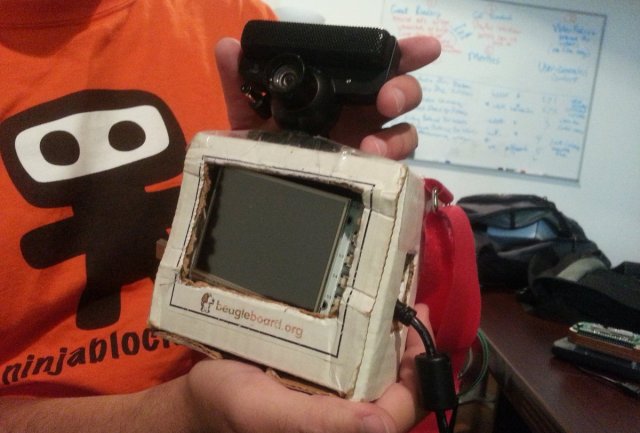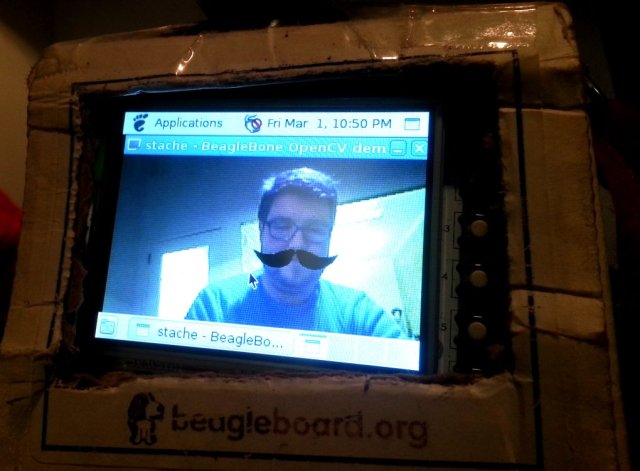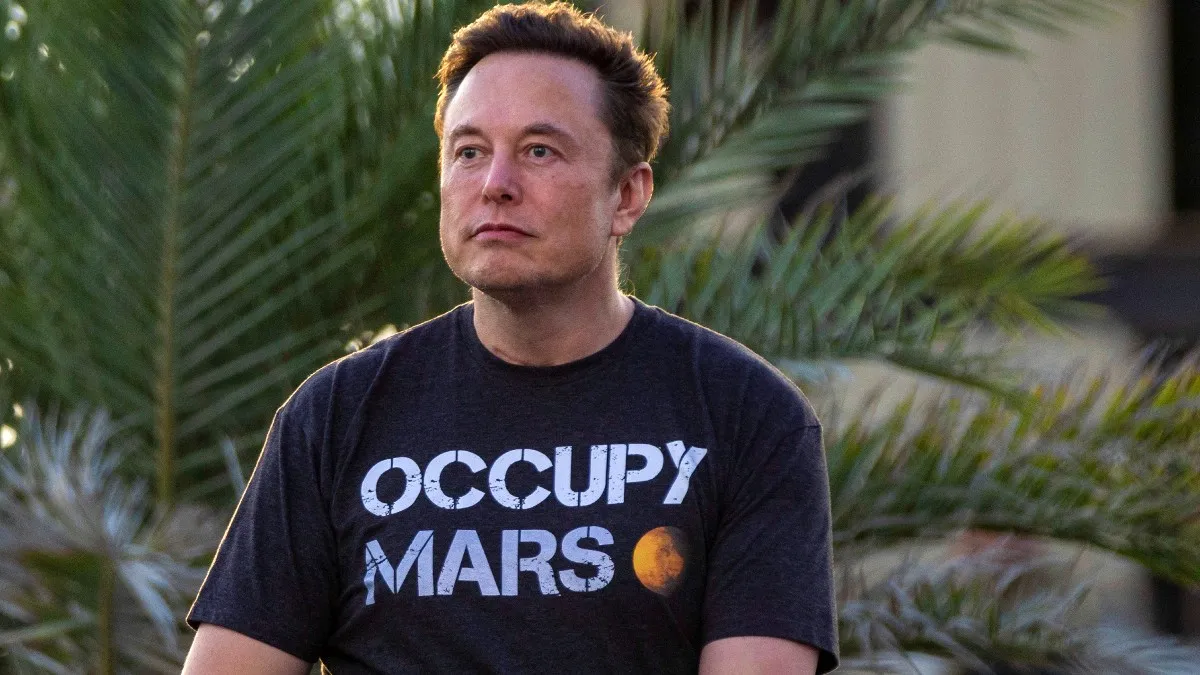When it comes to DIY maker projects, we tend to focus on the end result rather than the tools being used, but we couldn’t pass up the chance to have BeagleBoard Community Manager Jason Kridner come by the office to show off the tiny but powerful BeagleBone Black computer. He pulled it out of an Altoid tin.
The first name that comes to mind when we hear, “tiny DIY project computer” is Raspberry Pi, but after speaking with Jason and seeing some of the things the BeagleBone Black can do… maybe it shouldn’t be.
First, a quick rundown of the specs. For $45 you get:
- 512MB DDR3 RAM
- 2GB 8-bit eMMC on-board flash storage
- 3D graphics accelerator
- NEON floating-point accelerator
- 2x PRU 32-bit microcontrollers
- USB client for power & communications
- USB host
- Ethernet
- HDMI
- 2x 46 pin headers
- Ångström Linux
- Android
- Ubuntu
- Cloud9 IDE on Node.js w/ BoneScript library
- plus much more
You can also run a custom OS to make use of the BeagleBone Black on the most basic level.
What really separates the BeagleBoard from the Raspberry Pi and other DIY boards like it is that it has a strong focus on open hardware and open software. Instead of simply building a version of Linux that would run on their board, the BeagleBoard team is working to get all its features coded into Mainline Linux.
There are simple out-of-the-box projects to be done with the BeagleBone, but there’s also over 50 capes, or additional hardware that can be added to expand what the BeagleBone can do, and what makers can do with it.
When Jason came by the office he unpacked a few BeagleBone Black (BBB) boards, including the one he literally pulled out of an Altoid tin in his pocket, to show off what it could do. Along with the boards he had a fair amount of gear, including a pair of SNES controllers that immediately caught our attention.
One of the many uses of the BBB is that you can use it as tiny gaming console. Unfortunately the monitor Jason brought to show this feature wasn’t working properly, so we didn’t actually get to play any games. Hopefully when we track him down at Maker Faire this weekend he’ll have it up and running.
Something that worked perfectly was the bizarre “Mustache Cam” which is a camera that recognizes faces, and then puts mustaches on those faces. It comes in some elegant packaging:

The Mustache Cam is built out of a BBB, a PlayStation Eye camera, battery pack, and small touch screen. Besides putting mustaches on people, it also tweets pictures of those mustachioed faces. Here it is in action:

Geekosystem Senior Editor Glen Tickle with a fake digital mustache over his real hair mustache.
Our in-office demo was a lot of fun, but we’re excited to see what BeagleBoard has going on at Maker Faire this weekend, and they’ll be well represented. 10 of the talks being given at this year’s Maker Faire are centered around BeagleBoard projects.
Many makers are using BeagleBoards in their projects that range from 3D printers, to phone-controlled planes, and even an underwater exploring robot.
It seems like the BeagleBone Black is capable of doing just any project you can think of and that you’re smart enough to actually build and program. We’re going to have to get our hands on one for the office and see what we can come up with. Maybe a robot that quotes Jurassic Park at random times throughout the day.
Thanks so much to Jason Kridner and Tara Stratton for coming by to show us the BeagleBone Black. If you’ll be at Maker Faire this weekend you can see it for yourself, and we highly recommend you check it out.
(via BeagleBoard.org)
- MakerBot announced a 3D digitizer that lets you scan and print pretty much anything
- Check out our photos from last year’s Maker Faire
- Atoms Express are a modular building toy that we want real bad








Published: Sep 20, 2013 05:41 pm